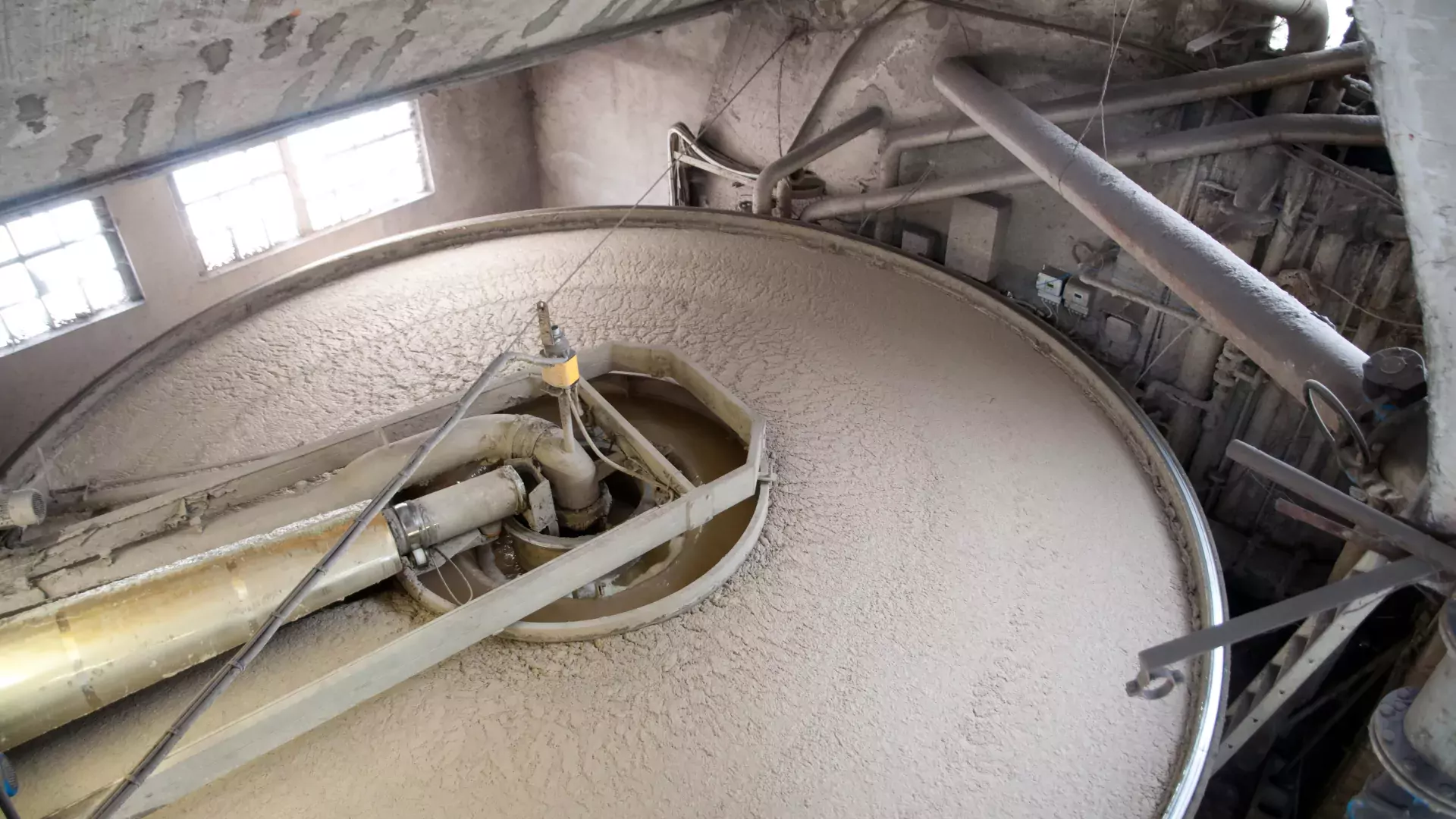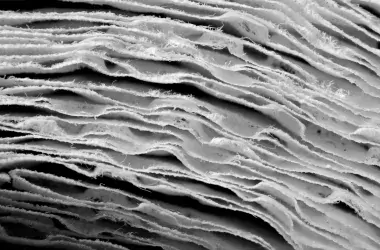Pulp and paper
Pulp & Paper applications
Lime is used in multiple applications in the pulp and paper manufacturing industry.


Precipitated Calcium Carbonate PCC
Lime with especially consistent reactivity, high-purity, and high-brightness is used in the production of PCC (precipitated calcium carbonate). PCC is manufactured in a series of controlled chemical reactions. First, quicklime, CaO, is slaked with water to form a milk of lime (slaked lime slurry), to which in a second step carbon dioxide gas is added.

Recausticisation in Pulp Production
In the Kraft pulp production process, lime is used to convert sodium carbonate, contained in so-called green liquor, into soluble sodium hydroxide (caustic soda, NaOH), resulting in so-called white liquor on the one hand and calcium carbonate as a precipitate on the other, here also called lime mud.
This conversion reaction, called causticization, regenerates NaOH - a key reagent – together with sodium sulphide. Both are required to digest, i.e. convert, wood into paper pulp. The precipitated calcium carbonate is filtered and calcined in an onsite kiln to produce quicklime (CaO) that is re-used in the causticization reaction.

Paper Recycling, Biocides and Hardness
Recycled paper and board are produced from recovered wastepaper. Wastepaper contains sizing agents, glues, printing ink and other impurities that pose challenges to the paper production process. The impurities contained in wastepaper contribute to microbial growth, causing biofouling and noxious odours. Lime is used as a pH control agent to optimize the use of biocides for the control of microbial growth.

Pulp Bleaching
Milk of lime and magnesia can also be used as an alkaline reagent in the oxidative bleaching of mechanical, chemical and recycle pulp. As lime and magnesia have a lower, buffered pH than caustic soda, for example, they provide more benign and consistent bleaching conditions, resulting in less oxidative damage to paper fibres and stronger paper.
Bleaching with lime and magnesia also results in more selective bleaching, targeting specific discolouring functional groups of the fresh or recycled fibres, and thus generating fewer unwanted by-products, less fibre loss and dissolved organics in wastewater. The pulp or paper producer can also achieve higher fibre yield and reductions in emissions.